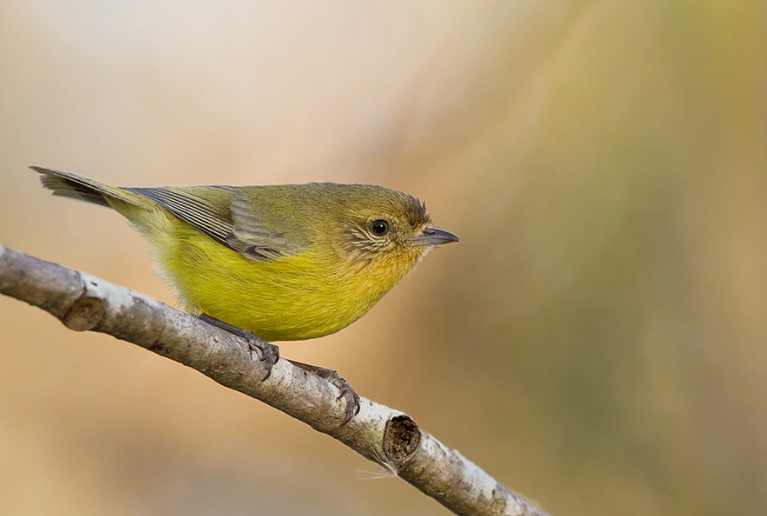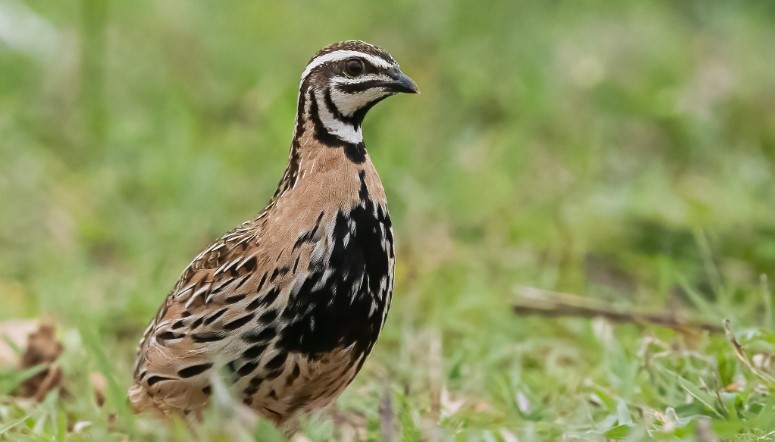Sound: The Song Thrush sound is the most melodic voice in nature. The Song Thrush (Turdus philomelos) is an accomplished singer, as its name suggests. Each phrase in its song is repeated two to four times. There is a sense of melody in it, but it is not as full-sounding and throaty as the song of a blackbird. Each note in the song is repeated three or four times before the next phrase is uttered (after a short pause).
Song: The Song Thrush is sung by the male at dawn and dusk when the light is low. There is a single pitch to Song Thrush’s whistled, flute-like, sometimes buried tone. Usually, they sing from the tops of live conifers in the morning and evening. Approximately 2 seconds of the song are followed by a 3–20-second pause. There may be a difference in pitch between successive tones. The song thrush sound consists of a series of varied, clear, musical phrases (some fluty, others sharp and shrill) relaxing the mind, body, and mood. This intense repetition is unique to other thrushes in this area.

Alarm Call: When confronted with intruders and predators, they also make alarm and excitement calls.
Call: The song thrush call is rather insignificant; it commonly consists of a low, weak ‘sip’ or ‘zip’ given in flight (note: claims that some give a Redwing-like ‘seeh’ in flight have never been proven). It is generally a long chatter, followed by a loud ‘chick’.
An enchanting bird species, the Song Thrush sounds graces the planet Earth with its melodious tunes. The Song Thrush is distinguished from other birds by its vibrant plumage and fascinating song. Throughout history, poets and musicians have been inspired by their melodic sounds, which create a symphony of nature in the air.
Measurement: In total, Song Thrush measure 22-23 cm long and weigh 70 to 105 grams, including their tails and bodies. A typical wing span is between 32 and 36 centimeters.
Identification: Birds like this are almost as common and familiar as Common Blackbirds. It has a brownish head and upper parts, without a supercilium or distinctive facial pattern, and is medium in size and stocky in appearance. On the breast, the underparts are white with buff washes, with black speckles down the flanks. There are, however, orange-buff coverts on the underwings. Although it usually sings from exposed treetops or feeds in the open not far from the undergrowth, it retreats to cover when disturbed.
Running and hopping with an upright carriage. Has a tendency to smash snails open on stones. At migration times, scattered groups form, but this bird is usually quite solitary. The underparts of the juvenile have more rounded spots and buff streaking on their upper parts. As adults also have buff tips to greater coverts, the first-year cannot be safely aged in the field.

Habitats: It usually flies between bushes in a direct, low-flying manner. It is possible to confuse this bird with several vagrant small American thrushes (especially Swainson). Distinguished by its reddish flanks and underwing, the Redwing has an obvious supercilium. Mistle Thrushes, however, are much larger and longer-tailed, with white underwing coverts and conspicuous pale panels on closed upper wings. The song thrush is a fairly common bird that can be found in many wooded habitats, including parks, forests, and gardens. A bird like this is found in open, treeless environments, such as bracken and heather on islands.
Breeding: During the breeding season, song thrushes lay between four and six bright blue-green eggs that are about 2.7 centimeters in size and covered with black spots.
Nesting: Song thrush builds nests in dense vegetation of trees, hedges, and shrubs. A nesting site may also be located in a manmade structure, such as a wall cavity or ledge on a building. After drying, a mixture of wood fibers and saliva forms a solid shell over the nest, which is made from branches, moss, and other plant materials.
Migration: The song thrush spend their winters in southern or south-western Europe. Some song thrushes can also be seen foraging in the barren landscape of Central Europe during mild winters. With climate change, wintering attempts in breeding areas may become more frequent for other bird species. Seeds and grains aren’t particularly appealing to Song Thrushes, so traditional bird food won’t work. If you grow bird-friendly plants or create an insect-friendly garden, you can still support the songbirds.
Diet: The most common food that song thrush eat is worms, snails, and insects. A clever technique developed by song thrushes exposes the insides of snails by knocking them against a stone until their shells break. During the late spring, song thrushes eat berries and fruits as well. Bird food like seeds and grains will not attract song thrushes since they are not particularly interested in them. Nevertheless, you can create an insect-friendly garden or grow berry-bearing, bird-friendly plants to support the songbirds.
Races: Geographically, there are three moderate races. (clarkei illustrated). Birds from the rest of the British Isles and adjacent parts of the European continent (clarkei) are less saturated in color but distinctly redder than duller, grayish-brown nominate race from the rest of our region. The darkest birds (race hebridensis of Outer Hebrides) exhibit a dark reddish brown color.







